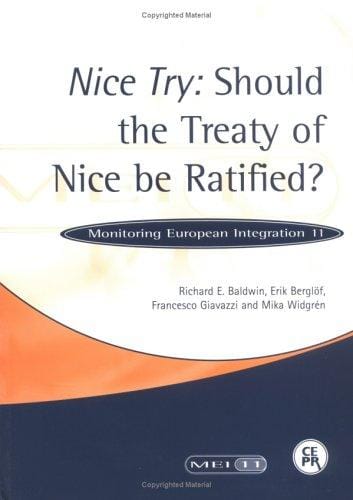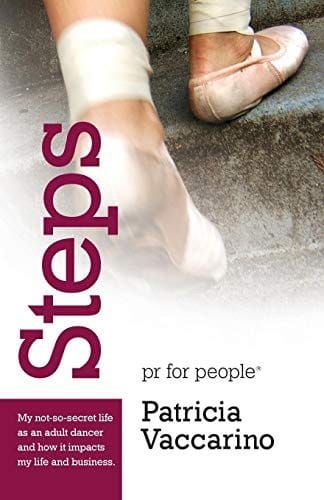Nice Try: Turning Near Misses into Future Success
Discover how the phrase "Nice Try" can help you transform near misses into stepping stones toward success through psychology, strategy, and a growth mindset.

What Does "Nice Try" Really Mean?
We have all heard the phrase "Nice try" uttered after a botched presentation, a missed free throw, or a bedtime magic trick that fell flat. While the words can sound like consolation, they carry an underrated power. "Nice try" signals recognition of effort, acknowledgment of potential, and a subtle invitation to improve. Instead of being a dismissive pat on the back, it can become a launchpad for growth if we choose to hear it that way.
The Psychology of Near Misses
Behavioral scientists have long studied the magnetic pull of near misses. Slot-machine research, for example, shows that almost winning lights up reward circuitry in the brain nearly as strongly as an actual win. The same dopamine surge fuels determination in athletes, coders, and spelling-bee contestants who narrowly miss their goals. A "nice try" taps into this neural cocktail, giving us a jolt of motivation alongside a clear view of the gap we still need to close.
Why the Brain Loves Almost Winning
From an evolutionary standpoint, organisms that responded to near success by persisting had better odds of eventual survival. Modern humans inherit that wiring. When you slip from the podium by a single point, your brain throws up vivid mental replays and hypothetical tweaks: If I had rested more, if I had spoken slower, if I had double-checked that formula. This mental simulation is not rumination but rehearsal, priming you for a stronger comeback.
Reframing Failure as Feedback
To turn a generic "nice try" into tangible progress, we first need to restructure our relationship with failure. In a fixed mindset, failure equals inadequacy; in a growth mindset, failure equals information. The difference is profound. The growth-oriented athlete reviews the game tape with curiosity. The writer studies rejection letters for patterns. They are not hunting for self-blame but for clear data points. Each misstep becomes a breadcrumb on the trail to mastery.
From Fixed to Growth Mindset
Psychologist Carol Dweck’s research reveals that praising effort over innate talent fosters resilience. When parents or mentors respond to a child’s stumble with "Nice try—what will you adjust next time?" they model an iterative approach. The child learns that skill is malleable, not predetermined. Over time, the fear of failing shrinks, replaced by an experimental attitude that values learning loops over flawless debuts.
Practical Ways to Turn a "Nice Try" into a Win
Abstract theories are useful, but daily routines cement change. Below are three concrete tactics you can deploy the next time someone tells you "nice try"—or when you say it to yourself.
1. Conduct an Honest Post-Mortem
Immediately after the attempt, jot down what worked, what did not, and what surprised you. Keep emotions separate from data. If you missed a sales target by 10%, identify whether the shortfall stemmed from outreach volume, message clarity, or product-market fit. This clarity transforms vague disappointment into an actionable checklist.
2. Set Micro-Goals
Big objectives can overwhelm, especially after a recent stumble. Break the next phase into micro-goals that you can achieve within days or weeks. If your marathon training faltered at mile 18, aim to hit mile 19 comfortably before stretching to 26.2. Each micro-win feeds confidence and supplies fresh feedback, preventing paralysis.
3. Celebrate Effort, Not Outcome
Reward yourself for showing up, logging practice hours, or pushing past a previous best effort. Small celebrations—an afternoon off, a favorite meal, a shout-out on social media—teach your brain that persistence itself is pleasurable. Over time, the lure of consistent effort outweighs the sting of occasional failure.
Famous Nice Tries That Changed the World
History is studded with near misses that paved the way for breakthroughs. Thomas Edison famously framed his thousands of failed filament experiments as learning what did not work. The spray lubricant WD-40 derives its name from "Water Displacement, 40th formula," honoring the 39 attempts that flopped before the company struck gold. Even NASA’s Apollo program leaned on the lessons of Project Mercury and Gemini—collective "nice tries" that made a moon landing possible.
Using "Nice Try" in Healthy Conversation
Words shape perception. When offering "nice try" to colleagues, children, or teammates, embed specificity: "Nice try on that presentation—the opening story was gripping. Let’s tighten the data slide for next time." Specific praise validates effort; targeted feedback charts the path forward. When receiving the phrase, resist defensive instincts. Ask follow-up questions, invite critique, and record insights while they are fresh.
Conclusion: Keep Trying, Keep Growing
"Nice try" is more than casual encouragement; it is a distilled strategy for continual advancement. Whether you are perfecting sourdough, learning JavaScript, or pitching investors, welcome near misses as essential waypoints. Convert frustration into curiosity, data into strategy, and effort into eventual excellence. The next time someone says "Nice try," hear it as a promise: you are closer than you think.


